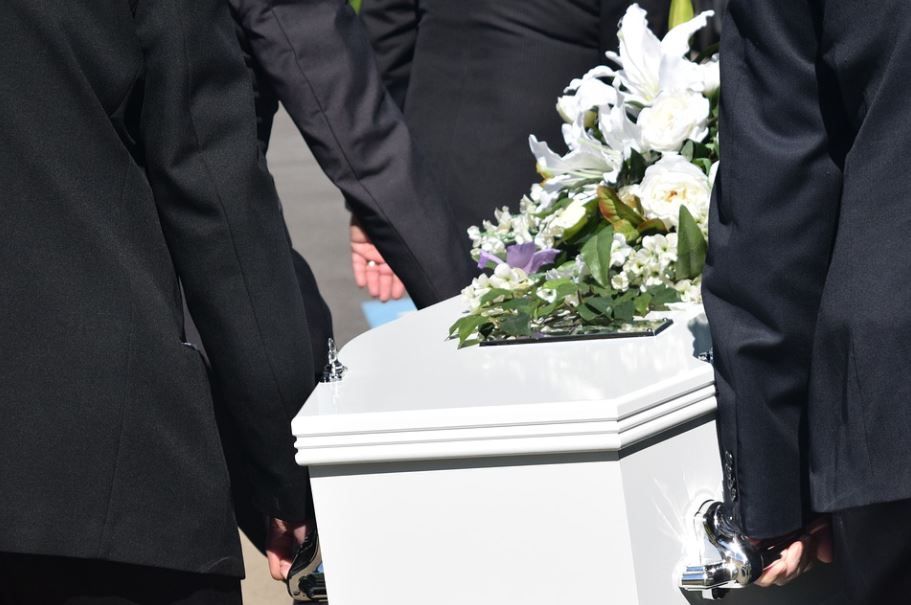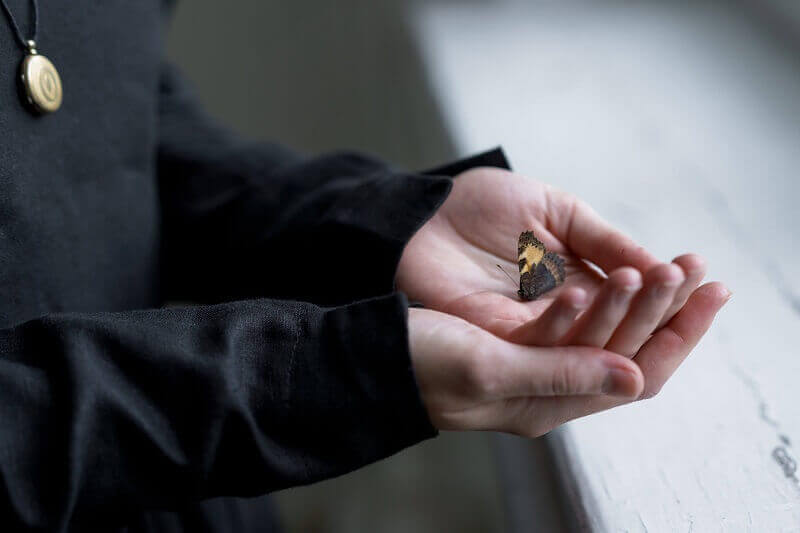
Are You Serving as a Pallbearer?
November 1, 2021Embalming and Funeral Homes
December 6, 2021Between Death and Funeral Home Services


No matter how unsettling or uncomfortable it might be, it’s important to know what happens to a body after a death if you’re planning service at a funeral home in Newtown, PA.
Here is a breakdown of what happens to a body after death, from death pronouncement to final decomposition. The first step is death pronouncement. The death pronouncement is when the person is officially declared dead by a medical professional. It can be different from the actual time of death as sometimes doctors are not present when the person actually dies. Instead, the death pronouncement is given after the doctor examines the body and determines that death has occurred. Next comes body transportation to the funeral home.
After a death, someone has to notify the funeral home or cremation provider and then have someone come to the place of death and transport it to the funeral home or cremation location. There’s also the option to preserve the body. There are several ways bodies are preserved before a cremation service or funeral including refrigeration and embalming. Bodies are kept cold with ice, dry ice, air conditioning, or refrigerators.
They can also be traditionally embalmed or eco-embalmed, which is a method that does not use formaldehyde. Most people choose to have some kind of memorial event for their lost loved one. The most traditional events are viewings, visitations, and wakes. A viewing or wake is when the embalmed body is present, and a visitation may or may not have the body present. Viewings and wakes are also generally more religious than wakes.
There are also traditional funerals, which are services in which the body is present in a casket. Funerals are also usually religious events held at funeral homes or churches. Families can also choose to less traditional and host a memorial. Memorials are services at which the body is not present, either because the body was cremated or because the body was already buried. Lastly, there’s the service and the final disposition. The body’s final disposition is where the body will be put to rest. Whether the body is buried or interned in a tomb or mausoleum, the service for final disposition is called a committal.
When a body is cremated and placed in an urn or scattered, the ceremony is called a cremation ceremony or a scattering service. There are many different ways to put a body to rest, but the most common include burial and cremation. Bodies can be buried in the ground at a cemetery, above-ground in a mausoleum, entombment in a lawn crypt, or naturally buried in other locations. Final disposition options for after cremation include cremation with burial in a cemetery, above-ground burial in a columbarium, scattering of ashes, and inurnment with the urn kept at home. There are also alternative disposition methods such as alkaline hydrolysis, burial or scattering at sea, and body preservation.

J. Allen Hooper Funeral Chapel is here to help if you want to learn more about the process or Newtown, PA funeral homes. Call or visit us to learn more about what we can do for you in your time of loss.


